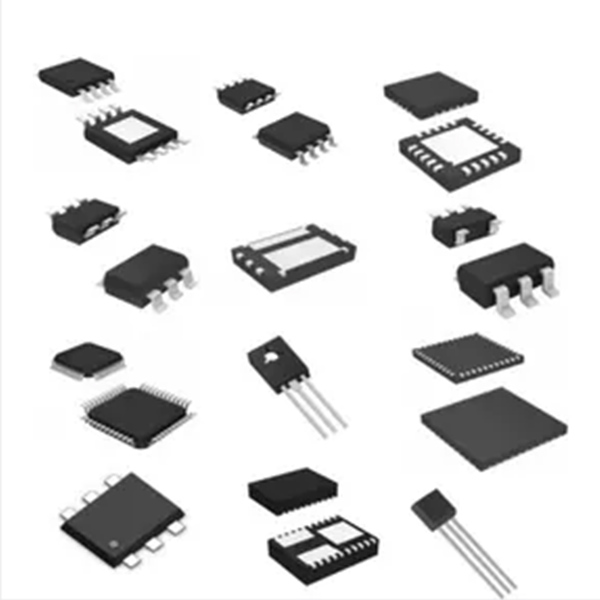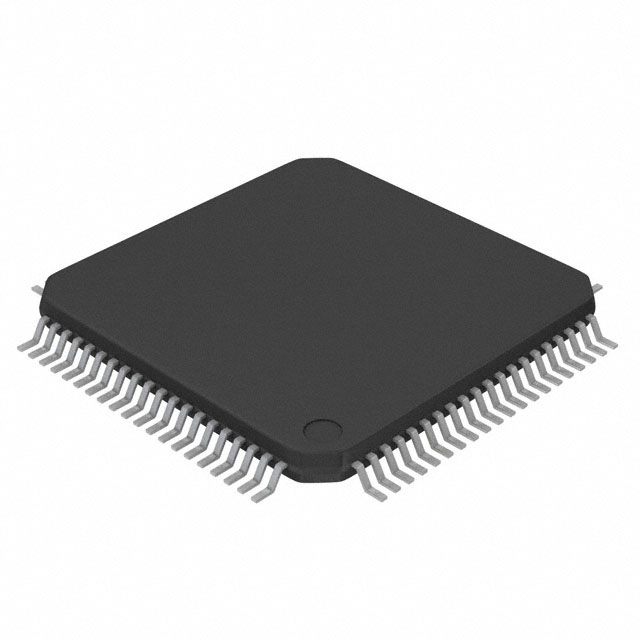10M08SCM153I7G FPGA – Field Programmable Gate array the factory is currently not accepting orders for this product.
Product Attributes
| TYPE | DESCRIPTION |
| Category | Integrated Circuits (ICs)Embedded |
| Mfr | Intel |
| Series | MAX® 10 |
| Package | Tray |
| Product Status | Active |
| Number of LABs/CLBs | 500 |
| Number of Logic Elements/Cells | 8000 |
| Total RAM Bits | 387072 |
| Number of I/O | 112 |
| Voltage – Supply | 2.85V ~ 3.465V |
| Mounting Type | Surface Mount |
| Operating Temperature | -40°C ~ 100°C (TJ) |
| Package / Case | 153-VFBGA |
| Supplier Device Package | 153-MBGA (8×8) |
Documents & Media
| RESOURCE TYPE | LINK |
| Datasheets | MAX 10 FPGA Device DatasheetMAX 10 FPGA Overview ~ |
| Product Training Modules | MAX 10 FPGA OverviewMAX10 Motor Control using a Single-Chip Low-Cost Non-Volatile FPGA |
| Featured Product | Evo M51 Compute ModuleT-Core Platform |
| PCN Design/Specification | Mult Dev Software Chgs 3/Jun/2021Max10 Pin Guide 3/Dec/2021 |
| PCN Packaging | Mult Dev Label Chgs 24/Feb/2020Mult Dev Label CHG 24/Jan/2020 |
| HTML Datasheet | MAX 10 FPGA Device Datasheet |
Environmental & Export Classifications
| ATTRIBUTE | DESCRIPTION |
| RoHS Status | RoHS Compliant |
| Moisture Sensitivity Level (MSL) | 3 (168 Hours) |
| REACH Status | REACH Unaffected |
| ECCN | 3A991D |
| HTSUS | 8542.39.0001 |
10M08SCM153I7G FPGAs Overview
Intel MAX 10 10M08SCM153I7G devices are single-chip, non-volatile low-cost programmable logic devices (PLDs) to integrate the optimal set of system components.
The highlights of the Intel 10M08SCM153I7G devices include:
• Internally stored dual configuration flash
• User flash memory
• Instant on support
• Integrated analog-to-digital converters (ADCs)
• Single-chip Nios II soft core processor support
Intel MAX 10M08SCM153I7G devices are the ideal solution for system management, I/O expansion, communication control planes, industrial, automotive, and consumer applications.
The Altera Embedded – FPGAs (Field Programmable Gate Array) series 10M08SCM153I7G is FPGA MAX 10 Family 8000 Cells 55nm Technology 3.3V 153Pin Micro FBGA, View Substitutes & Alternatives along with datasheets, stock, pricing from Authorized Distributors at FPGAkey.com, and you can also search for other FPGAs products.
Introduction
Integrated circuits (ICs) are a keystone of modern electronics. They are the heart and brains of most circuits. They are the ubiquitous little black “chips” you find on just about every circuit board. Unless you’re some kind of crazy, analog electronics wizard, you’re likely to have at least one IC in every electronics project you build, so it’s important to understand them, inside and out.
An IC is a collection of electronic components – resistors, transistors, capacitors, etc. — all stuffed into a tiny chip, and connected together to achieve a common goal. They come in all sorts of flavors: single-circuit logic gates, op amps, 555 timers, voltage regulators, motor controllers, microcontrollers, microprocessors, FPGAs…the list just goes on-and-on.
Covered in this Tutorial
- The make-up of an IC
- Common IC packages
- Identifying ICs
- Commonly used ICs
Suggested Reading
Integrated circuits are one of the more fundamental concepts of electronics. They do build on some previous knowledge, though, so if you aren’t familiar with these topics, consider reading their tutorials first…
Inside the IC
When we think integrated circuits, little black chips are what come to mind. But what’s inside that black box?
The real “meat” to an IC is a complex layering of semiconductor wafers, copper, and other materials, which interconnect to form transistors, resistors or other components in a circuit. The cut and formed combination of these wafers is called a die.
While the IC itself is tiny, the wafers of semiconductor and layers of copper it consists of are incredibly thin. The connections between the layers are very intricate. Here’s a zoomed in section of the die above:
An IC die is the circuit in its smallest possible form, too small to solder or connect to. To make our job of connecting to the IC easier, we package the die. The IC package turns the delicate, tiny die, into the black chip we’re all familiar with.
IC Packages
The package is what encapsulates the integrated circuit die and splays it out into a device we can more easily connect to. Each outer connection on the die is connected via a tiny piece of gold wire to a pad or pin on the package. Pins are the silver, extruding terminals on an IC, which go on to connect to other parts of a circuit. These are of utmost importance to us, because they’re what will go on to connect to the rest of the components and wires in a circuit.
There are many different types of packages, each of which has unique dimensions, mounting-types, and/or pin-counts.






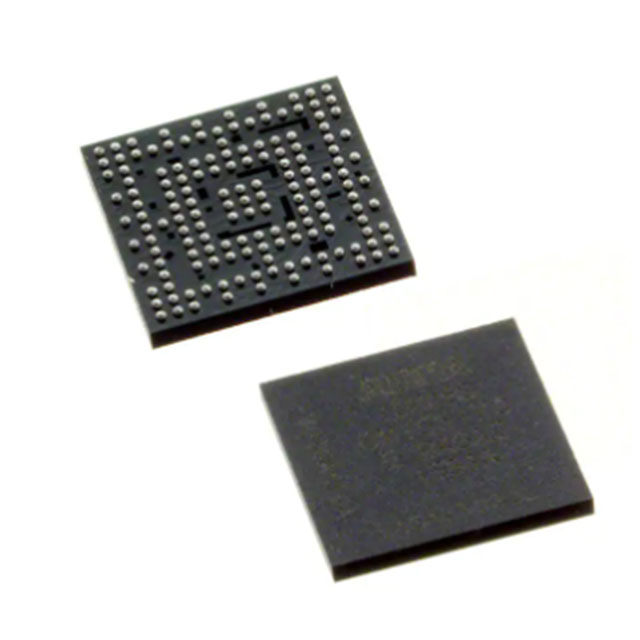
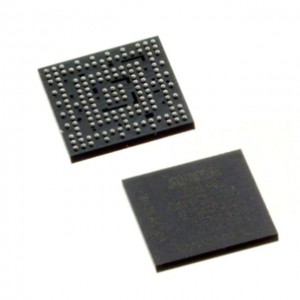
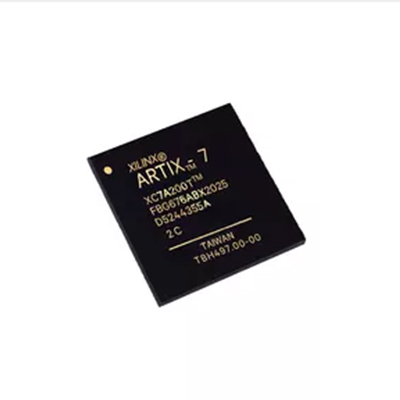

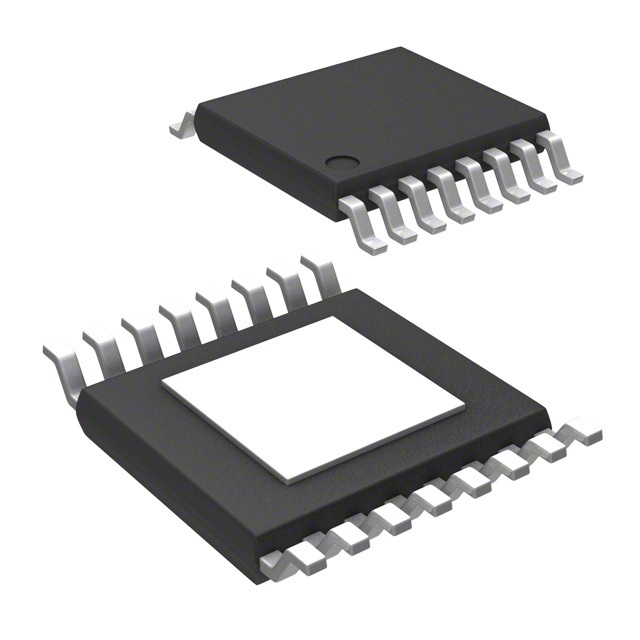
.png)
